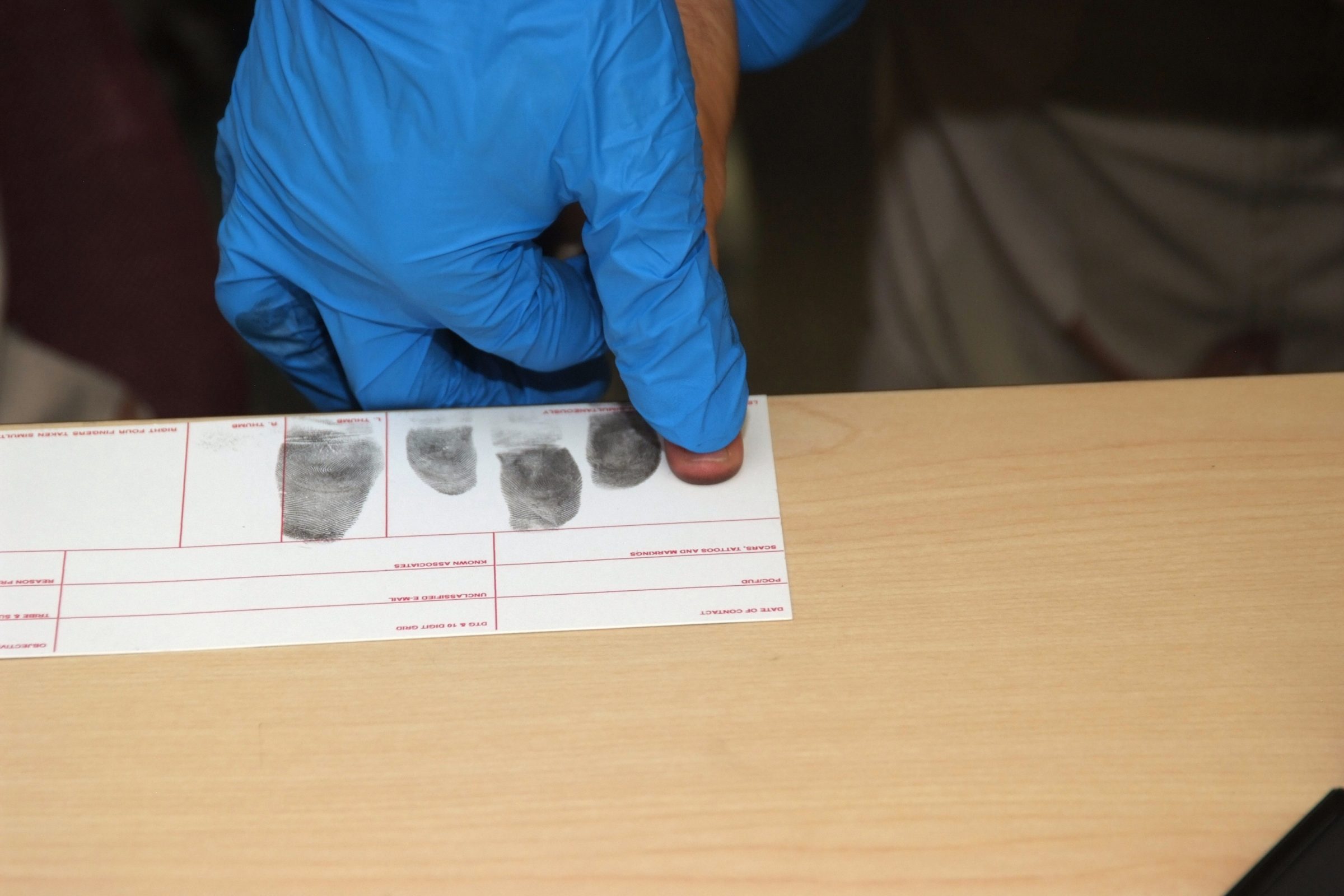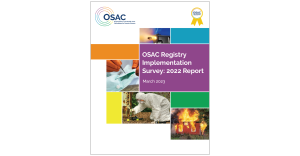When it comes to a piece of evidence, a jury wants to know just how likely it is that a crime scene bullet or shoeprint matches a given suspect. An analysis may almost certainly be correct, but how does an examiner account for the remote possibility that it wasn’t the same gun?
Quantifying the weight of evidence is no simple task, and integrating room for error and uncertainty has historically proven difficult in forensic science.
NIST takes a closer look at how strategies have evolved and shared the newest research in a publicly available collection of influential and seminal papers. The curated content is a valuable resource for anyone interested in learning more about the critical role quantifying evidence plays in the pursuit of justice.
The best way to approach the weight of evidence is often highly debated amongst the forensic science community and researchers. A lively discussion on limitations and implementation of statistical methods for quantifying the weight of evidence can be found by reviewing the 2016 NIST Technical Colloquium: Quantifying the Weight of Forensic Evidence session.
One approach to quantifying evidence, the likelihood ratio, is examined in detail by CSAFE team members and NIST personnel in a 2018 CSAFE webinar. View the panel discussion in the CSAFE education center.
Interested in training on this issue by our expert statisticians? Please contact our team.





